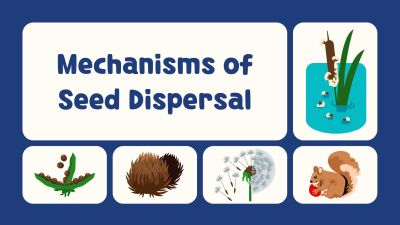Who will be the new President of the U.S.? Who else competed in the election? Which parties do they belong to? Read on.

After a fiercely fought contest over the past few months, the U.S. has just elected a new President. Donald Trump will take over as the new President from Joe Biden. Scroll through these slides and test your knowledge about this political event.
Gut health is important because it supports digestion, boosts immunity, and enhances overall well-being by maintaining a balanced and healthy microbiome.

Maintaining good gut health supports digestion, strengthens the immune system, boosts mental health, regulates weight, and helps prevent chronic diseases. Eating a balanced diet rich in fibre, fermented foods, and probiotics can help promote a healthy gut. Know more. Pull across the slider to read how each of these food items aids in keep your gut healthy.
Game for you! Can you place the words in the correct places in this story?


How well do you know the world’s iconic historical landmarks? The story below features some of them, but we seem to have mixed up the names. Can you put them in the correct place?
Where does our food come from? What happens to the food that’s wasted? Let’s explore how to be more mindful of the complete life cycle of food.


Folds, flippers, and fun … Celebrate World Origami Day by bringing a touch of Arctic charm to your craft table.

Isn’t it wonderful how we can create something extraordinary from something ordinary? With just a few clever folds, a flat piece of paper can transform into anything you like! Origami, the ancient Japanese art of paper folding, is now a universal hobby. World Origami Day (November 11) is an opportunity to celebrate the power of imagination in shaping amazing creations.
Follow the steps below to make your own Origami penguin.
Images: Getty Images/iStockPhoto
November 10 is International Tongue Twister Day. Here are some legends and stories behind popular phrases.

Many of the tongue twisters below are ones we all know. How did they come into being? There are stories associated with their origins, but it’s anybody’s guess as to whether these are true or not. But it does make for interesting reading. Read on…
Click on ‘turn’ to flip the card. Click on the arrow to move to the next card.
A mathematical symbol is used to denote a mathematical function. But this fun personality quiz tells you which one you are most like.

As you all know, there are several mathematical notations that represent operations, numbers, relations and so on. Some of the common ones are the signs for plus, minus, multiply, divide and so on. Here is a for-fun-only quiz that tells you which sign your personality resembles.
A creative word puzzle based on an exercise that boosts fitness. Can you find the word?

The word in this game refers to a powerful core-strengthening exercise that engages multiple muscle groups. When you hold the body in a straight line, it helps improve stability, balance, and posture. It also boosts endurance and overall body strength, making it an efficient addition to any fitness routine. Now guess the exercise we are talking about.
How to play
You have to guess the hidden word in as few attempts as possible. You have up to 6 attempts. After each attempt, letters will be shown in three colours. If the letter is green, it is present in the word and is in the right place. If the letter is yellow, it is present in the word but is not in the right place. If the letter is grey, then it is not present in the word.
Why do plants need to disperse their seeds to reproduce themselves? This video tells you all about the wonderful ways in which Nature helps plants grow.


Let’s test your knowledge of songs from popular films with this crossword. How many clues can you crack?

All of us love films like The Lion King or The Sound of Music for their songs. This crossword features the first line of popular songs. Can you fill in the missing word in the grid?









